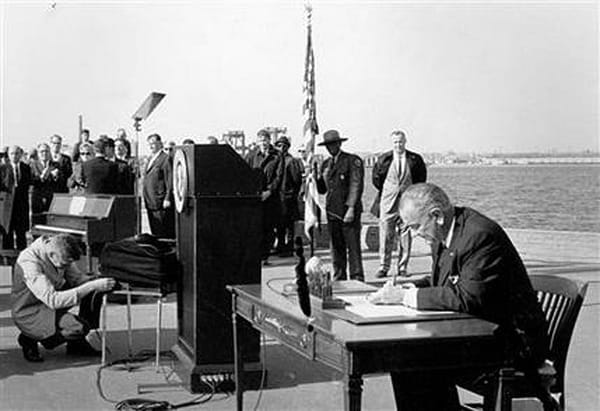Europe’s story: Layers of migration

LONDON (AP) — London's Brick Lane Mosque started as a church for Protestants hounded from Catholic France — for whom the word "refugee" was first coined. Later, displaced Jews turned it into a synagogue. Today, Muslims kick off their shoes in the lobby before prayers.
That layering of migrants over centuries, like strata in rock, tells a story vital for Europe to remember as it struggles with new flows of people seeking sanctuary and fresh starts.

